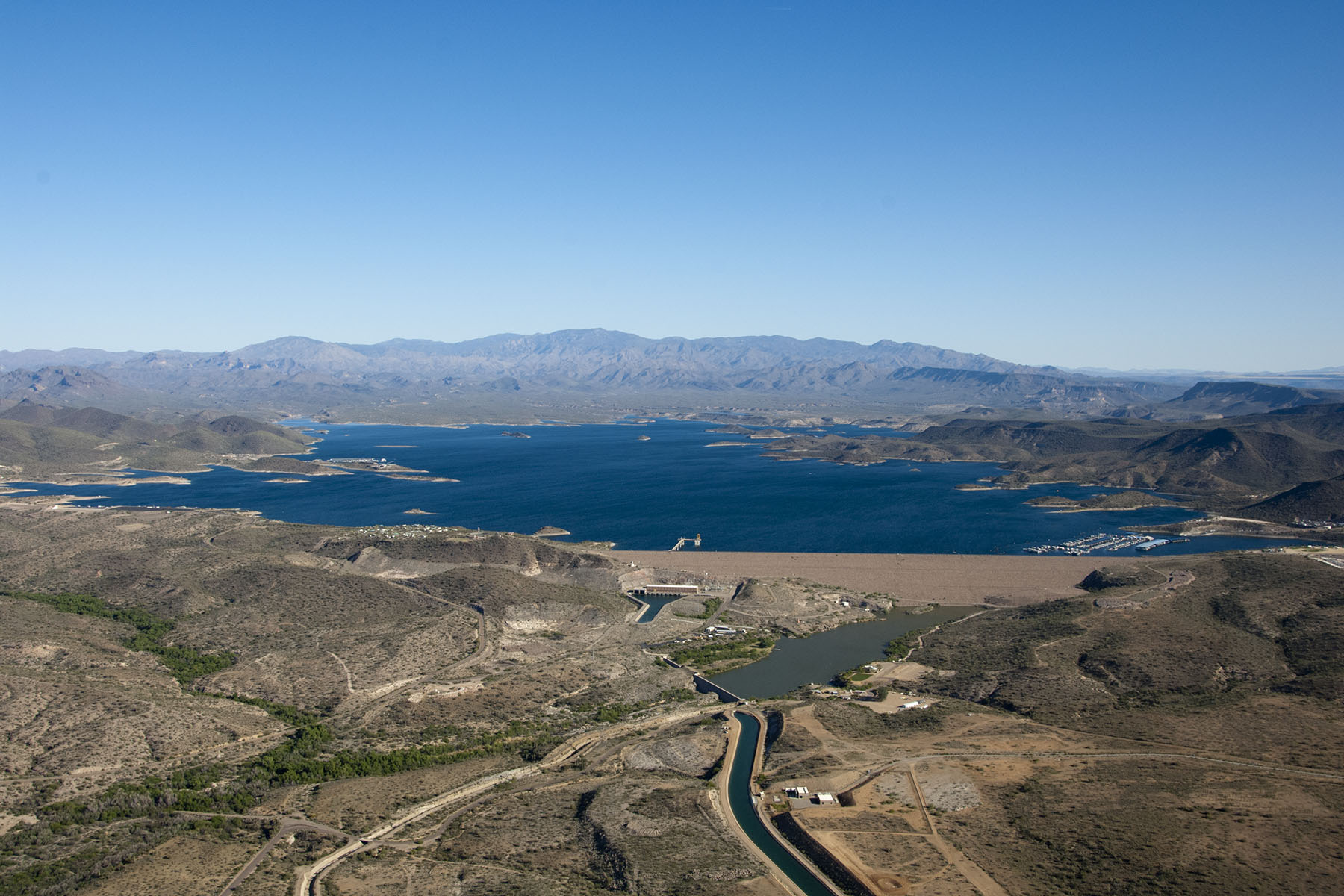
Energy from evaporation could power 70 percent of the U.S.
Researchers from Columbia University have conducted a groundbreaking study to explore the concept of evaporation as a renewable energy source. Their analysis reveals that lakes and reservoirs in the United States could generate 325 gigawatts of power, which is almost 70 percent of what the country currently produces.
While the testing has been limited to the lab, the studies suggest that evaporation-harvested power could be made on demand, 24 hours a day. This means that it could be much more feasible than utilizing solar or wind energy.
Ozgur Sahin is a biophysicist at Columbia University and the study’s senior author.
“We have the technology to harness energy from wind, water and the sun, but evaporation is just as powerful,” said Sahin. “We can now put a number on its potential.”
Sahin and his colleagues have previously shown how energy behind the cycling of water and air can be harnessed. The team developed a machine called Evaporation Engine, which controls humidity with a shutter that opens and closes. This causes bacterial spore contractions which are transferred to a generator that makes electricity. The current study was created to determine just how much power this process could hypothetically produce.
“Evaporation comes with a natural battery,” said lead author Ahmet-Hamdi Cavusoglu. “You can make it your main source of power and draw on solar and wind when they’re available.”
This type of evaporation technology can also save water. The research team estimates that half of the water lost from lakes and reservoirs to evaporation could be saved during the energy-harvesting process. In their study, the water savings totaled 25 trillion gallons a year, which is around 20 percent of the amount of water Americans consume.
Energy from evaporation could be most advantageous to states with growing populations and hotter, dryer weather.
States which are prone to drought such as California, Nevada and Arizona could benefit the most, where evaporation could pump out more energy while reducing water waste.
The study, which is published in Nature Communications, is being continued as the
researchers work to improve the energy efficiency of their spore-studded materials. They hope to eventually experiment outside of the lab to more accurately test their technology’s ability to generate power and limit water loss at the same time.
—
By Chrissy Sexton, Earth.com Staff Writer
Image Credit: Central Arizona Project












